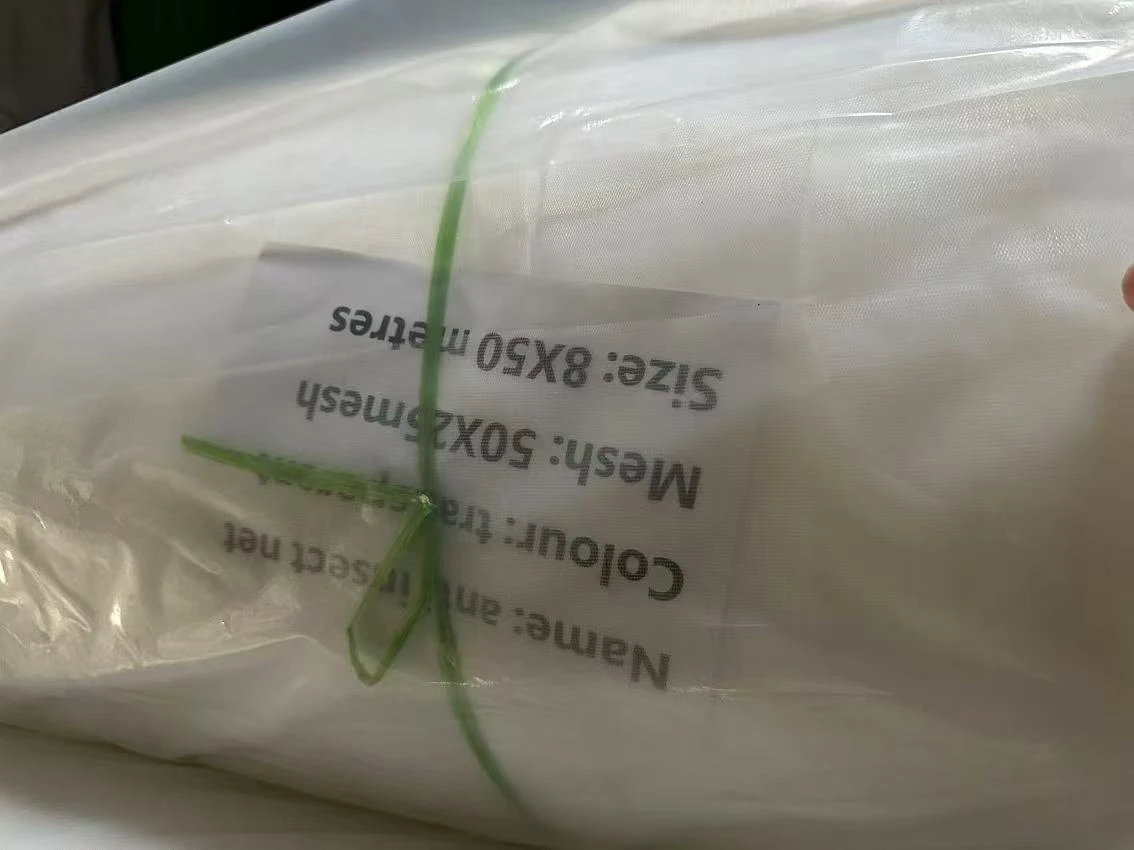-
 Afrikaans
Afrikaans -
 Albanian
Albanian -
 Amharic
Amharic -
 Arabic
Arabic -
 Armenian
Armenian -
 Azerbaijani
Azerbaijani -
 Basque
Basque -
 Belarusian
Belarusian -
 Bengali
Bengali -
 Bosnian
Bosnian -
 Bulgarian
Bulgarian -
 Catalan
Catalan -
 Cebuano
Cebuano -
 China
China -
 Corsican
Corsican -
 Croatian
Croatian -
 Czech
Czech -
 Danish
Danish -
 Dutch
Dutch -
 English
English -
 Esperanto
Esperanto -
 Estonian
Estonian -
 Finnish
Finnish -
 French
French -
 Frisian
Frisian -
 Galician
Galician -
 Georgian
Georgian -
 German
German -
 Greek
Greek -
 Gujarati
Gujarati -
 Haitian Creole
Haitian Creole -
 hausa
hausa -
 hawaiian
hawaiian -
 Hebrew
Hebrew -
 Hindi
Hindi -
 Miao
Miao -
 Hungarian
Hungarian -
 Icelandic
Icelandic -
 igbo
igbo -
 Indonesian
Indonesian -
 irish
irish -
 Italian
Italian -
 Japanese
Japanese -
 Javanese
Javanese -
 Kannada
Kannada -
 kazakh
kazakh -
 Khmer
Khmer -
 Rwandese
Rwandese -
 Korean
Korean -
 Kurdish
Kurdish -
 Kyrgyz
Kyrgyz -
 Lao
Lao -
 Latin
Latin -
 Latvian
Latvian -
 Lithuanian
Lithuanian -
 Luxembourgish
Luxembourgish -
 Macedonian
Macedonian -
 Malgashi
Malgashi -
 Malay
Malay -
 Malayalam
Malayalam -
 Maltese
Maltese -
 Maori
Maori -
 Marathi
Marathi -
 Mongolian
Mongolian -
 Myanmar
Myanmar -
 Nepali
Nepali -
 Norwegian
Norwegian -
 Norwegian
Norwegian -
 Occitan
Occitan -
 Pashto
Pashto -
 Persian
Persian -
 Polish
Polish -
 Portuguese
Portuguese -
 Punjabi
Punjabi -
 Romanian
Romanian -
 Russian
Russian -
 Samoan
Samoan -
 Scottish Gaelic
Scottish Gaelic -
 Serbian
Serbian -
 Sesotho
Sesotho -
 Shona
Shona -
 Sindhi
Sindhi -
 Sinhala
Sinhala -
 Slovak
Slovak -
 Slovenian
Slovenian -
 Somali
Somali -
 Spanish
Spanish -
 Sundanese
Sundanese -
 Swahili
Swahili -
 Swedish
Swedish -
 Tagalog
Tagalog -
 Tajik
Tajik -
 Tamil
Tamil -
 Tatar
Tatar -
 Telugu
Telugu -
 Thai
Thai -
 Turkish
Turkish -
 Turkmen
Turkmen -
 Ukrainian
Ukrainian -
 Urdu
Urdu -
 Uighur
Uighur -
 Uzbek
Uzbek -
 Vietnamese
Vietnamese -
 Welsh
Welsh -
 Bantu
Bantu -
 Yiddish
Yiddish -
 Yoruba
Yoruba -
 Zulu
Zulu
Feb . 15, 2025 14:48
Back to list
bird netting
White bird netting has become an essential tool for gardeners, farmers, and property owners seeking to protect their valuable crops and assets from avian interference. Whether you're a backyard gardener eager to save your ripening cherries or a large-scale farmer striving to protect acres of crops, understanding the benefits and application of white bird netting can make a significant difference.
Equally important is the consideration of the mesh size when selecting netting. Smaller mesh sizes are ideal for keeping out smaller bird species, whereas larger mesh may suffice if the primary concern is larger birds. A balance must be struck to ensure that the netting is functional without overly restricting light and air movement, which are critical for the health of plants. The authoritativeness of white bird netting as a pest control solution is reinforced by its widespread endorsement across agricultural extension services and environmental groups. These institutions recognize its minimal environmental impact and its effectiveness as a non-lethal deterrent, aligning with conservation efforts to protect bird populations. Trustworthiness in a product like white bird netting is critical, and consumer reviews often highlight its reliability and durability. Users frequently note how it has saved crops from significant losses, turning potential disasters into successful harvests. Furthermore, responsible companies produce bird netting that comes with UV protection and warranties, ensuring that the netting will survive prolonged sun exposure, maintaining its efficacy over multiple growing seasons. In summary, white bird netting stands out as a superior solution for bird control, balancing effectiveness with ecological sensitivity. For those investing in this product, the benefits extend beyond immediate crop protection, offering peace of mind, ecological responsibility, and a safeguard for future harvests. As bird populations continue to coexist with human development, solutions like white bird netting are a quintessential part of managing that interface effectively.


Equally important is the consideration of the mesh size when selecting netting. Smaller mesh sizes are ideal for keeping out smaller bird species, whereas larger mesh may suffice if the primary concern is larger birds. A balance must be struck to ensure that the netting is functional without overly restricting light and air movement, which are critical for the health of plants. The authoritativeness of white bird netting as a pest control solution is reinforced by its widespread endorsement across agricultural extension services and environmental groups. These institutions recognize its minimal environmental impact and its effectiveness as a non-lethal deterrent, aligning with conservation efforts to protect bird populations. Trustworthiness in a product like white bird netting is critical, and consumer reviews often highlight its reliability and durability. Users frequently note how it has saved crops from significant losses, turning potential disasters into successful harvests. Furthermore, responsible companies produce bird netting that comes with UV protection and warranties, ensuring that the netting will survive prolonged sun exposure, maintaining its efficacy over multiple growing seasons. In summary, white bird netting stands out as a superior solution for bird control, balancing effectiveness with ecological sensitivity. For those investing in this product, the benefits extend beyond immediate crop protection, offering peace of mind, ecological responsibility, and a safeguard for future harvests. As bird populations continue to coexist with human development, solutions like white bird netting are a quintessential part of managing that interface effectively.
Next:
Latest news
-
Shipping Plastic Bags for Every NeedNewsJul.24,2025
-
Safety Netting: Your Shield in ConstructionNewsJul.24,2025
-
Plastic Mesh Netting for Everyday UseNewsJul.24,2025
-
Nylon Netting for Every UseNewsJul.24,2025
-
Mesh Breeder Box for Fish TanksNewsJul.24,2025
-
Expanded Steel Mesh Offers Durable VersatilityNewsJul.24,2025











